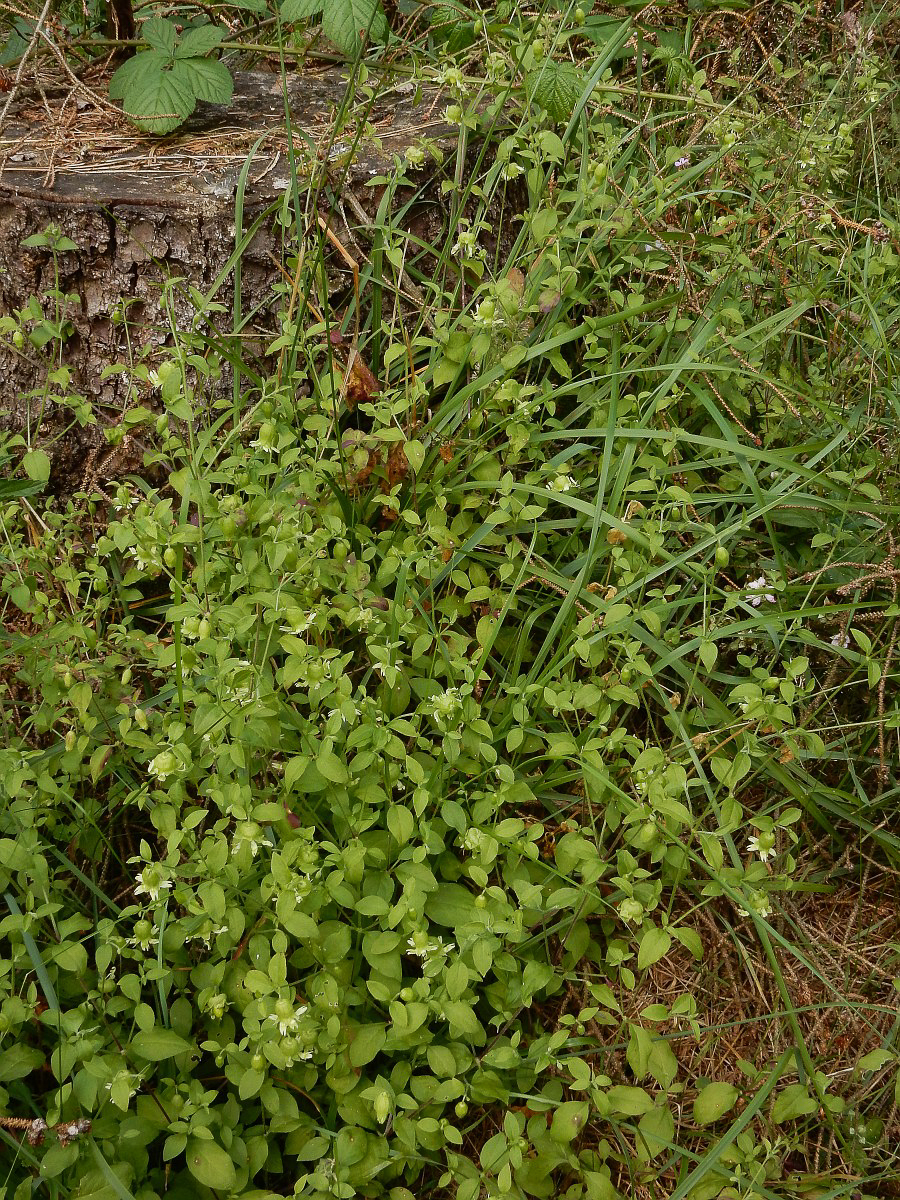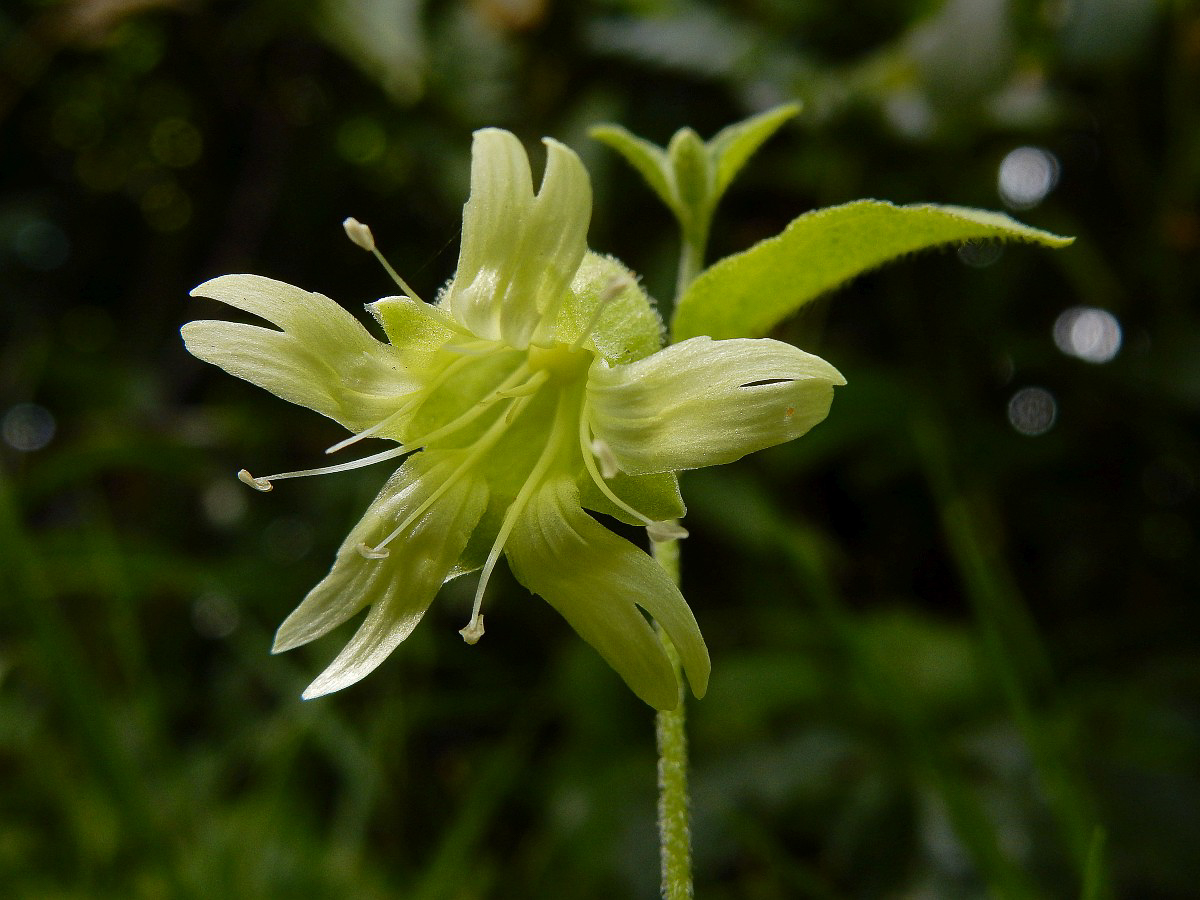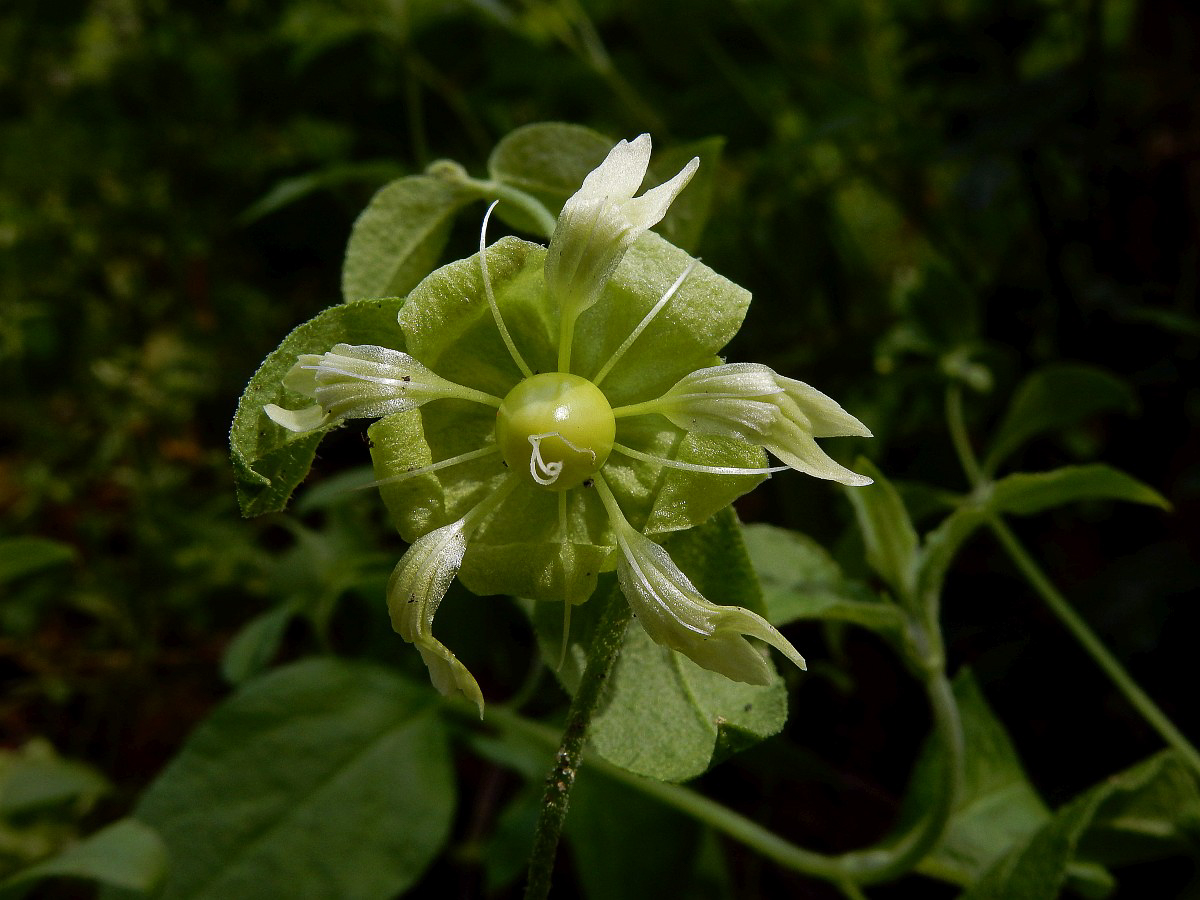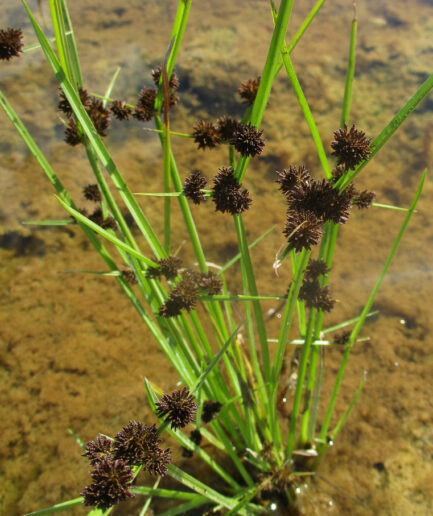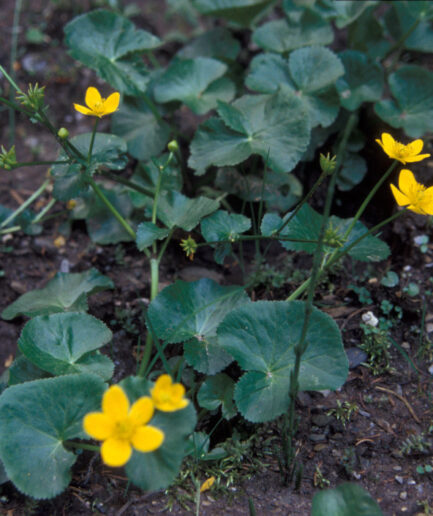Berry-bearing catchfly
Scientific Name: Silene baccifera (L.) Durande
Family: Caryophyllaceae
MORPHOLOGY
Habit and Size: A perennial herbaceous plant, prostrate, with a white fusiform root.
Stem: Fragile and highly branched stems, pubescent, with swollen bases, reaching lengths of up to 2 m.
Leaves: Opposite leaves, shortly petiolate, ovate-lanceolate and acuminate at the apex, papery in texture, hairy on both sides and along the veins; the margin is entire and ciliate.
Flowers: Flowers slightly nodding; hairy pedicel; calyx campanulate with ovate-triangular teeth, ciliate and revolute in fruit. Flowers in dichasium with oblanceolate, deeply bifid petals, whitish or greenish-white. Blooms from June to September.
Fruits and Seeds: The fruit is a spherical, indehiscent berry, 6-8 mm in diameter, initially green and then maturing to shiny black, with a carpophore of 2-3 mm and numerous kidney-shaped, black, smooth seeds, about 1.5 mm in size.
DISTRIBUTION AND HABITAT
Present throughout Italy except for Sardinia and Apulia. It grows among hedges, in damp places, and in riverbeds, from sea level up to 1000 m.
USE
It has astringent properties. Before taking any plant-based product (medicinal or non-medicinal) for therapeutic or similar purposes, it is always advisable to consult your doctor. Cooked leaves have a taste similar to spinach.
Photo: Under a free license by Saxifraga and Ed Stikvoort, Peter Meininger.


